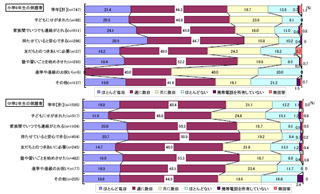Sony Bravia TV Adds Felica NFC Function
In another step forward for machine to machine connectivity, and fixed-mobile convergence, the folks at Sony held a press conference in Tokyo this week to parade their upcoming big-screen television offerings. The announced KDL-series full HD LCD models on show, ranging from 32″ to 52″ and approx. $1,500 to $4,500 respectively, will be shipping this April with the Felica RFID reader/writer embedded in the remote control. Soon we will see Japanese handsets enabling transactions through the TV!


 The Ministry of Education, Culture, Sports, Science and Technology released
The Ministry of Education, Culture, Sports, Science and Technology released